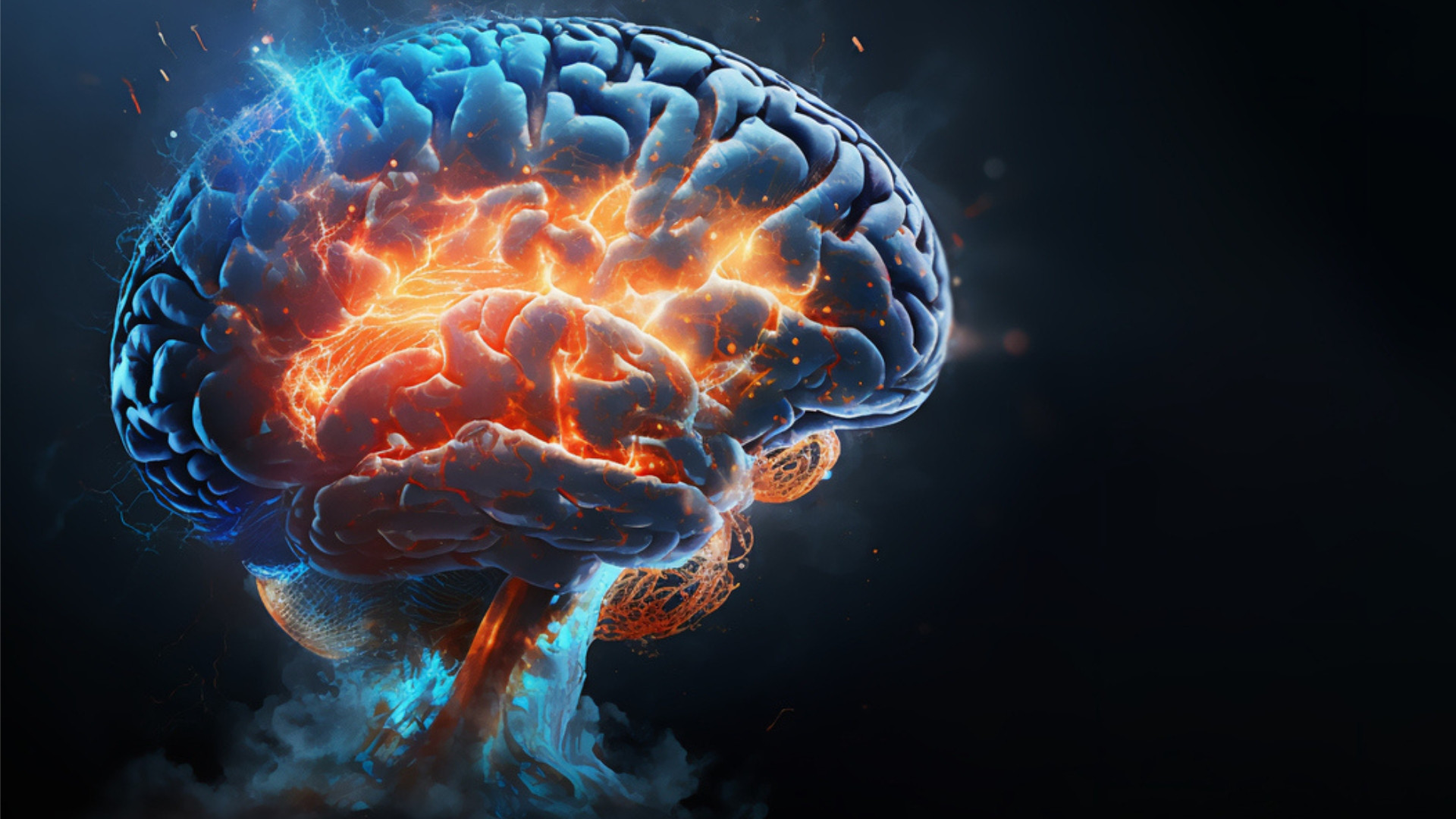Scientists have developed an AI tool capable of rapidly decoding a brain tumor’s DNA to determine its molecular identity during surgery, providing critical information that currently can take from a few days to several weeks.
Identifying a tumor’s molecular type allows neurosurgeons to make crucial decisions, such as how much brain tissue to remove and whether to place tumor-killing drugs directly into the brain while the patient is still on the operating table.
A report on the work, led by researchers at Harvard Medical School, was published on July 7 in the journal *Med*.
Accurate molecular diagnosis—which details DNA alterations in a cell—during surgery can help neurosurgeons decide how much brain tissue to remove.
Removing too much tissue when the tumor is less aggressive can affect a patient’s neurologic and cognitive function. Conversely, removing too little when the tumor is highly aggressive may leave behind malignant tissue that can grow and spread quickly.
“Right now, even state-of-the-art clinical practice cannot profile tumors molecularly during surgery. Our tool overcomes this challenge by extracting thus-far untapped biomedical signals from frozen pathology slides,” said Kun-Hsing Yu, the study’s senior author and an assistant professor of biomedical informatics at the Blavatnik Institute at HMS.
Knowing a tumor’s molecular identity during surgery is also valuable because certain tumors benefit from on-the-spot treatment with drug-coated wafers placed directly into the brain at the time of the operation, Yu said.
“The ability to determine intraoperative molecular diagnosis in real-time during surgery can propel the development of real-time precision oncology,” Yu added.
The standard intraoperative diagnostic approach currently involves taking brain tissue, freezing it, and examining it under a microscope.
A significant drawback is that freezing the tissue tends to alter the appearance of cells under a microscope and can interfere with the accuracy of clinical evaluation.
Furthermore, even with potent microscopes, the human eye cannot reliably detect subtle genomic variations on a slide.
The new AI approach overcomes these challenges.
The tool, named CHARM (Cryosection Histopathology Assessment and Review Machine), is freely available to other researchers. However, it still needs clinical validation through real-world testing and FDA clearance before being deployed in hospitals, the research team noted.
Recent advances in genomics have enabled pathologists to differentiate the molecular signatures—and the behaviors that such signatures portend—across various types of brain cancer, as well as within specific types.
For example, glioma—the most aggressive brain tumor and the most common form of brain cancer—has three main subvariants that carry different molecular markers and have different propensities for growth and spread.

The new tool’s ability to expedite molecular diagnosis could be particularly valuable in areas with limited access to technology for rapid cancer genetic sequencing.
Beyond decisions made during surgery, knowledge of a tumor’s molecular type provides clues about its aggressiveness, behavior, and likely response to various treatments. This information can inform post-operative decisions.
Additionally, the new tool aligns with the World Health Organization’s recently updated classification system for diagnosing and grading gliomas, which calls for such diagnoses to be made based on a tumor’s genomic profile.
CHARM was developed using 2,334 brain tumor samples from 1,524 people with glioma from three different patient populations.
When tested on a new set of brain samples, the tool distinguished tumors with specific molecular mutations with 93 percent accuracy and successfully classified three major types of gliomas with distinct molecular features that carry different prognoses and respond differently to treatments.
The tool also successfully identified visual characteristics of the tissue surrounding the malignant cells, such as areas with greater cellular density and more cell death, both of which signal more aggressive glioma types.
Furthermore, it pinpointed clinically important molecular alterations in a subset of low-grade gliomas, which are less aggressive and therefore less likely to invade surrounding tissue. Each of these changes also signals different propensities for growth, spread, and treatment response.
The tool connected the appearance of the cells—the shape of their nuclei, the presence of edema around the cells—with the molecular profile of the tumor, meaning the algorithm can pinpoint how a cell’s appearance relates to the molecular type of a tumor.
This ability to assess the broader context around the image renders the model more accurate and closer to how a human pathologist would visually assess a tumor sample, Yu said.
While the model was trained and tested on glioma samples, researchers believe it could be successfully retrained to identify other brain cancer subtypes.
Scientists have already designed AI models to profile other types of cancer—such as colon, lung, and breast cancer—but gliomas have remained particularly challenging due to their molecular complexity and significant variation in tumor cells’ shape and appearance.
The CHARM tool would need periodic retraining to reflect new disease classifications as they emerge from new knowledge, Yu said.
“Just like human clinicians who must engage in ongoing education and training, AI tools must keep up with the latest knowledge to remain at peak performance,” Yu concluded.
